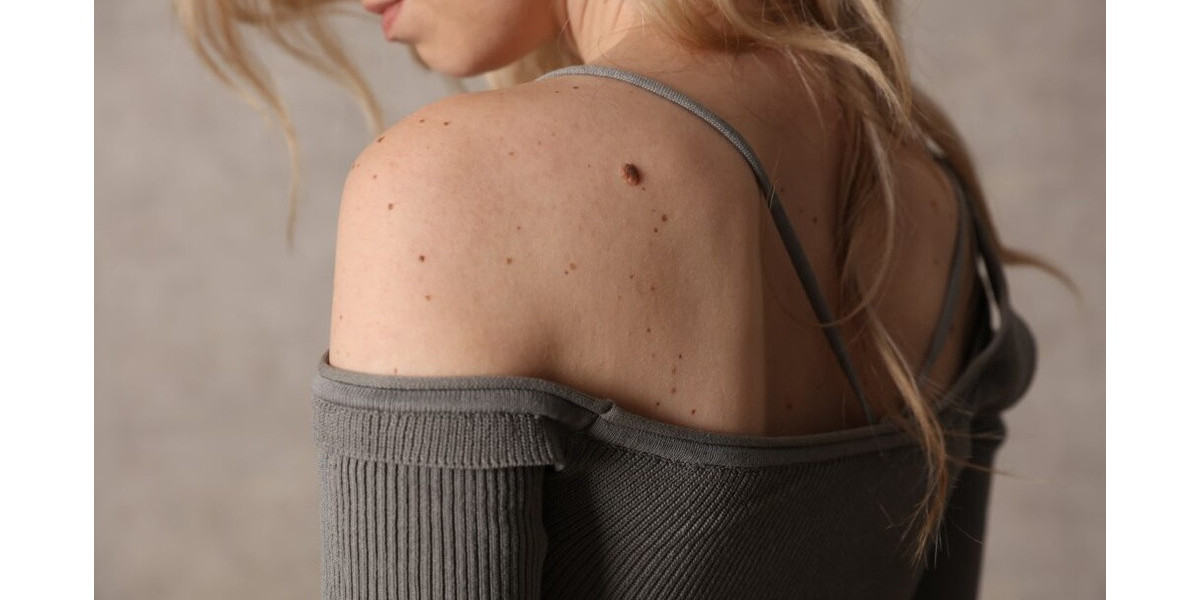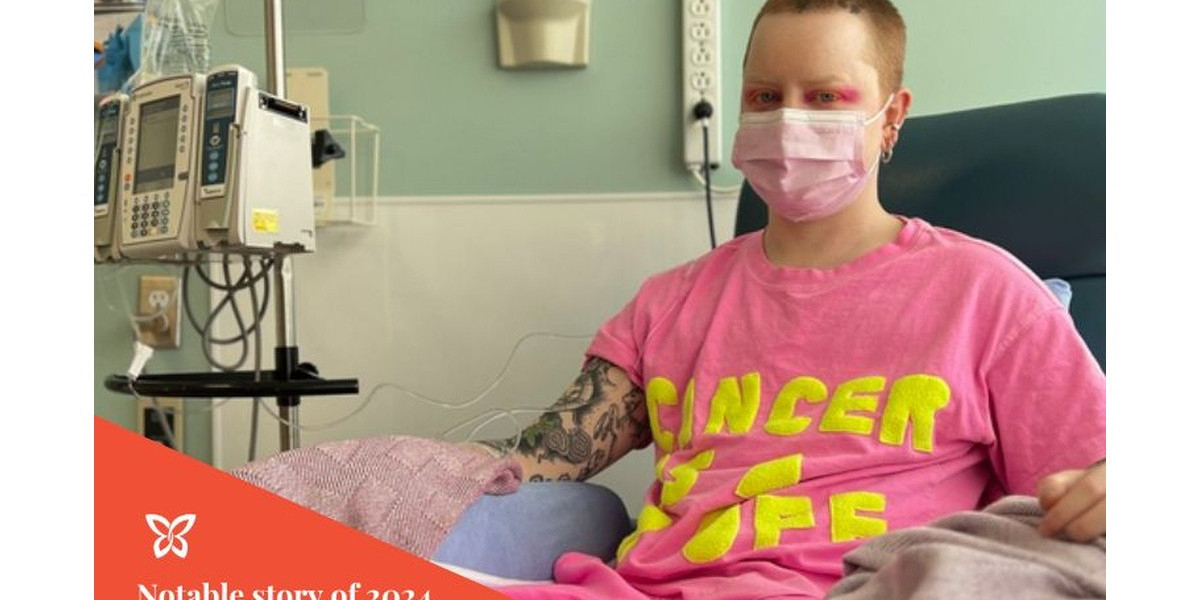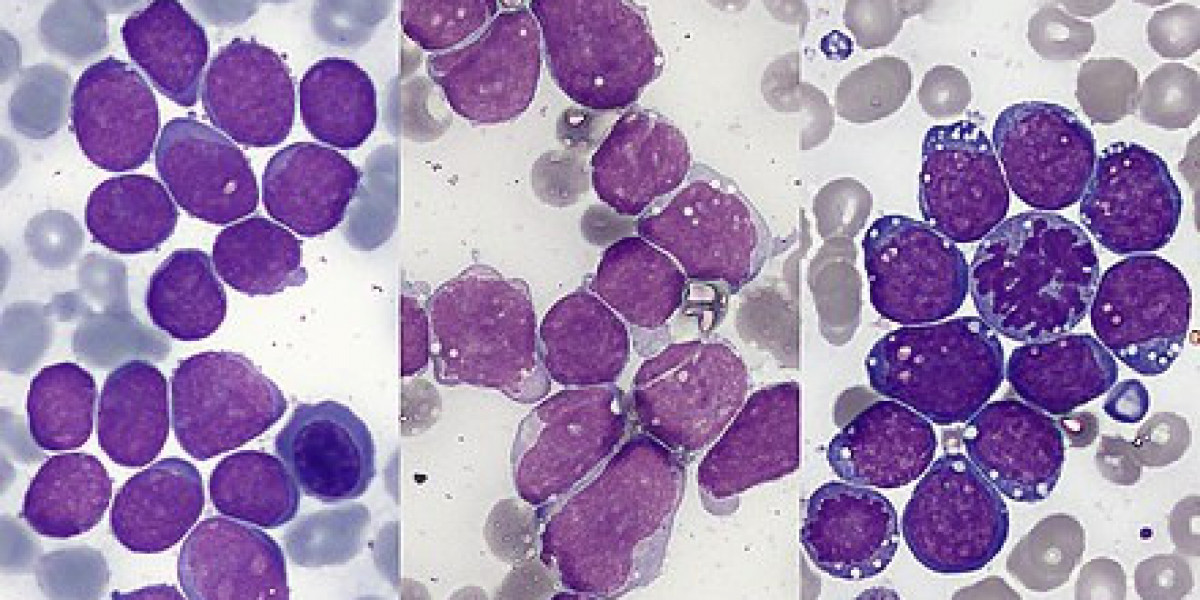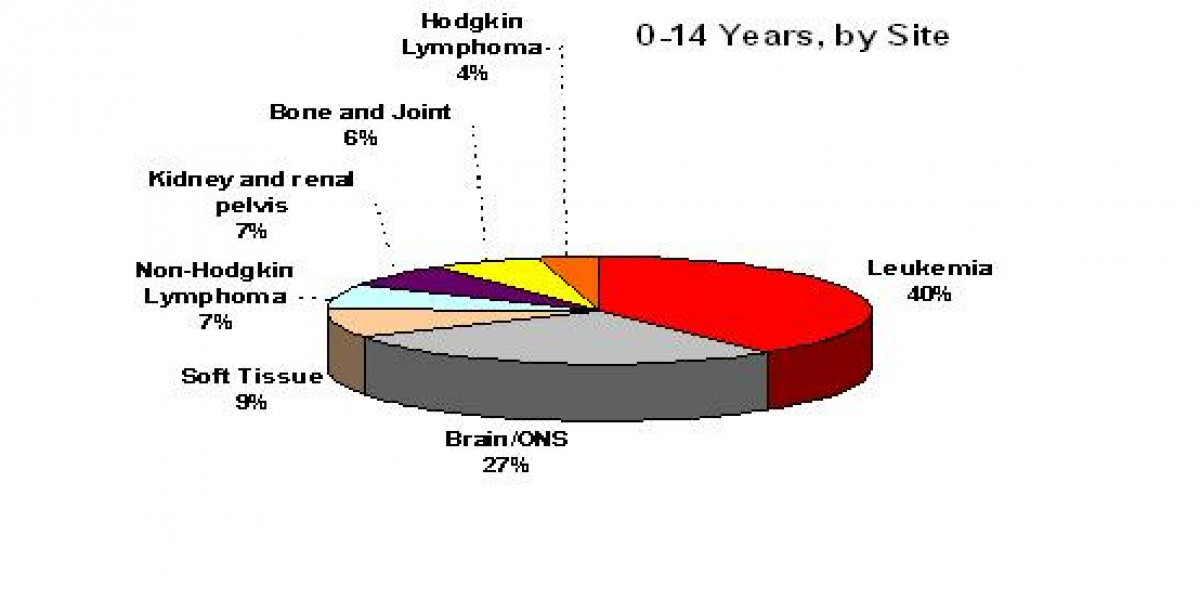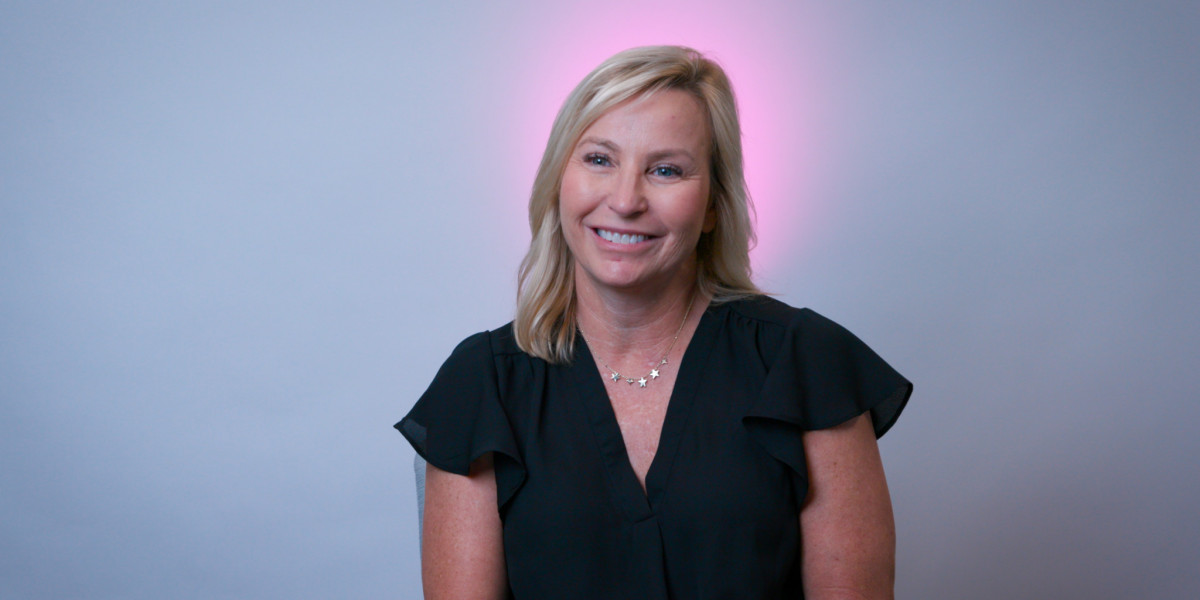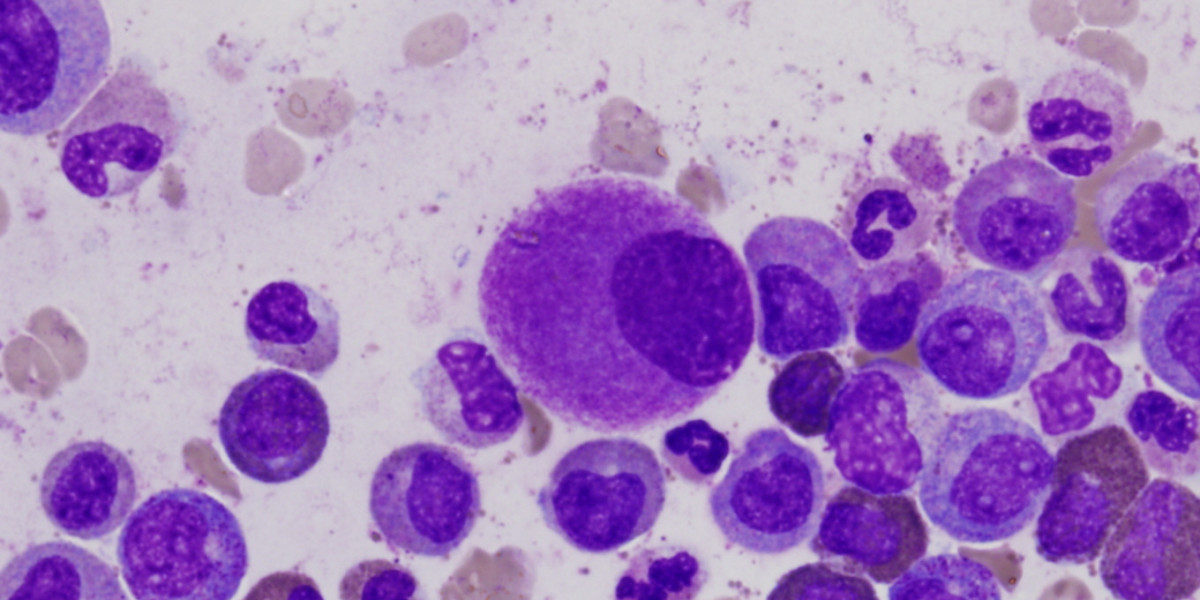Posted by: Skin And Cancer Institute in Medical Dermatology
For anyone who’s ever had a mole, you know they can be pesky little things. Whether they’re constantly getting caught on clothing or just plain look unsightly, moles can be more than just a nuisance, they can be dangerous. That’s right, they can become cancerous.
Melanoma, the most dangerous form of skin cancer, often begins as a mole. That’s why it’s important to keep an eye on your moles and see a doctor if you notice any changes.
Moles can change in several ways, including size, shape, color, and texture. If you notice any of these changes, or if you develop a new mole, it’s important to see a doctor right away.
With early detection, skin cancer is highly treatable. So don’t let your moles become a cause for concern. Keep an eye on them and see a doctor if you notice any changes.
Moles are growths on the skin that occur when pigment-producing cells grow in clusters. Most moles appear in early childhood or during the teenage years. People with light skin are more likely to have moles than people with dark skin.
Moles can be of different colors, including brown, black, tan, and red. They can be flat or raised, and some may have hairs growing from them.
Most moles are benign, which means they’re not cancerous. But a small number of moles can develop into melanoma, the deadliest type of skin cancer.
That’s why it’s important to check your moles regularly and to see a dermatologist if you notice any changes in them because this could signal the presence of melanoma.
Melanoma is a skin cancer that occurs when skin cells called melanocytes mutate and grow out of control. Melanocytes are responsible for producing melanin, the pigment that gives skin its color. When these cells become cancerous, they may group together to form tumors or spread throughout the body.
Melanoma can occur anywhere on the body, but it is most likely to develop in areas that have been exposed to the sun. This includes the face, neck, chest, back, and legs. Melanoma can also occur on body parts that are not typically exposed to sunlight, such as the palms of the hands or soles of the feet.
The Skin Cancer Foundation reports that melanoma is “the deadliest form of skin cancer.” Each year, more than 9,000 Americans die from the disease. That means that every day, dozens of families across the country are shattered by the news that a loved one has died from this disease.
The Mayo Clinic notes that melanoma is caused by exposure to ultraviolet (UV) radiation from the sun or tanning beds. UV radiation damages the DNA in skin cells, which can lead to the development of cancerous tumors.
While anyone can get melanoma, there are certain risk factors that may make you more susceptible to the disease. Some of the most common include fair skin, a history of sunburns, a family history of melanoma, and a weakened immune system. If you have any of these risk factors, it’s important to take extra care to protect yourself from the sun. By being aware of the risks you can help reduce your chances of dying from this deadly disease.
Symptoms of melanoma include a change in the size, shape, or color of a mole; a new mole; or itching, bleeding, or crusting of a mole. If you notice any of these changes, it’s important to see a doctor right away.
The ABCDEs stands for Asymmetry, Border, Color, Diameter, and Evolving. Make sure to keep an eye on your moles and know the ABCDEs!
Most people have some form of mole on their skin. These are usually benign growths that are not cancerous. However, it is important to be aware of the ABCDEs of skin moles, as they can be indicative of a more serious condition.
If you have any concerns about a mole, it’s important to see a dermatologist. He or she can determine if the mole is cancerous and, if so, recommend treatment.
Treatment for melanoma often includes surgery to remove the cancerous tissue. In some cases, chemotherapy or radiation therapy may also be necessary.
Melanoma is highly treatable if it is caught early. However, if it is not caught early, it can quickly spread to other parts of the body and become life-threatening. That’s why it’s so important to be vigilant about your skin health and see a doctor if you notice anything unusual on your skin.
Skin cancer is one of the most common types of cancer, and it’s important to catch it early. A skin check can help to identify any suspicious moles or growths and allow for early treatment. Even if you don’t have any major concerns, it’s still a good idea to get a yearly check-up. Your dermatologist can also provide you with tips on how to protect your skin from the sun, including which sunscreen to use and how often to reapply it. Contact the Skin and Cancer Institute today for an appointment.
You might think that you only need to worry about sunscreen when you’re spending time outdoors, but that’s not the case. Even when you’re inside, you’re still exposed to harmful UV rays that can damage your skin. That’s why it’s important to wear sunscreen even when you’re indoors. We offer a wide variety of medical-grade sunscreens for you to choose from at our online store.
Melanoma is a serious and potentially deadly form of skin cancer. However, it is highly treatable if it is caught early. Be sure to see a doctor if you notice any changes in your skin, and make sure to get an annual skin check-up. You can also help to prevent melanoma by wearing sunscreen even when you’re indoors.
By being aware of the risks and symptoms of melanoma, you can help to protect yourself and your loved ones from this disease.
Call us to speak to a member of our patient service center.
Skin and Cancer Institute operates 40+ locations throughout California, Nevada, and Arizona! Our practices are conveniently located in and near major counties and cities such as Los Angeles , Las Vegas and Phoenix . Our practices offer a wide variety of dermatology services including skin cancer treatments and cosmetic procedures utilizing various types of lasers.
Copyright © 2025 Skin And Cancer Institute, All Rights Reserved.
Terms & Conditions | Privacy Policy | Accessibility Statement
Originally published on Skin & Cancer Institute: https://skinandcancerinstitute.com/keep-a-close-watch-on-your-moles-heres-why/
